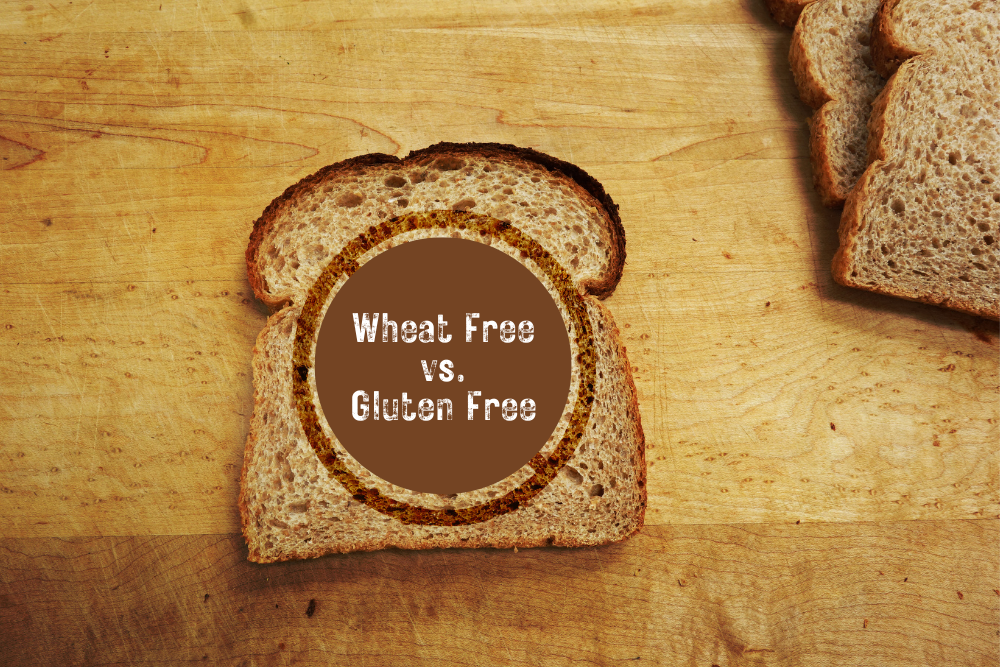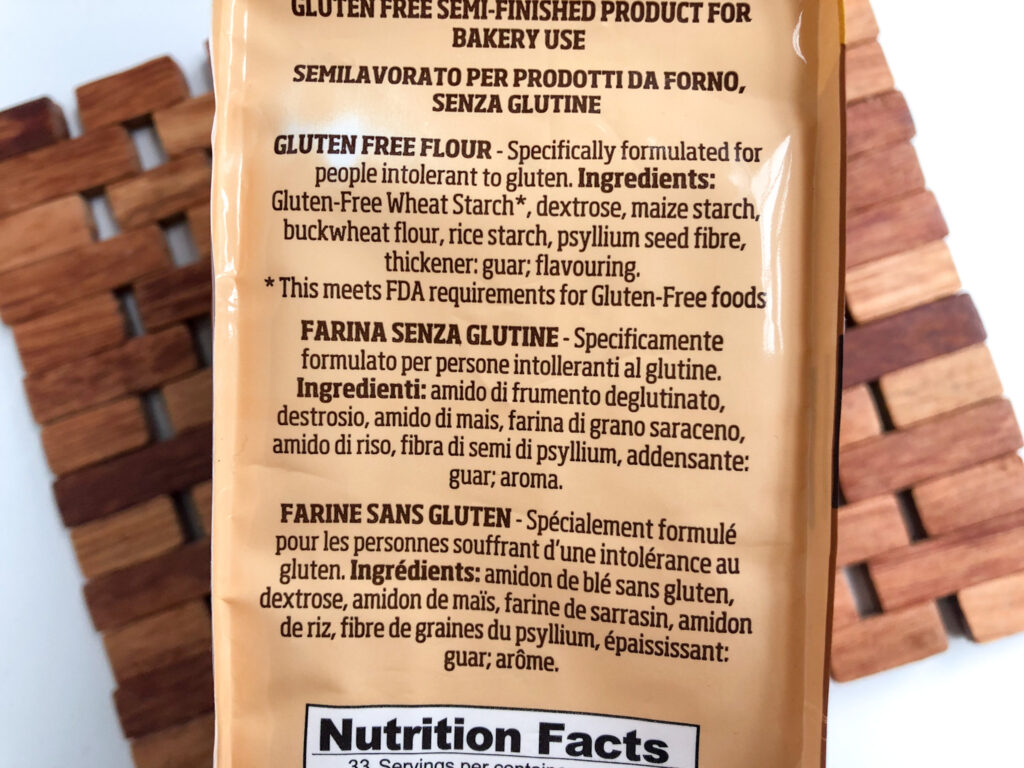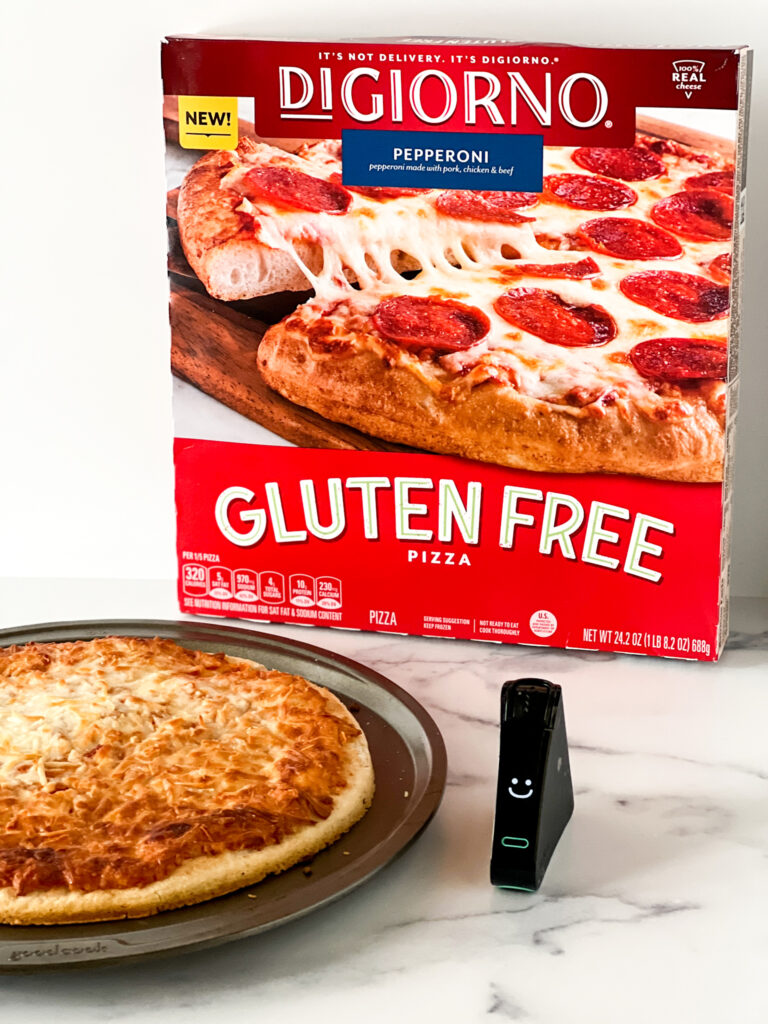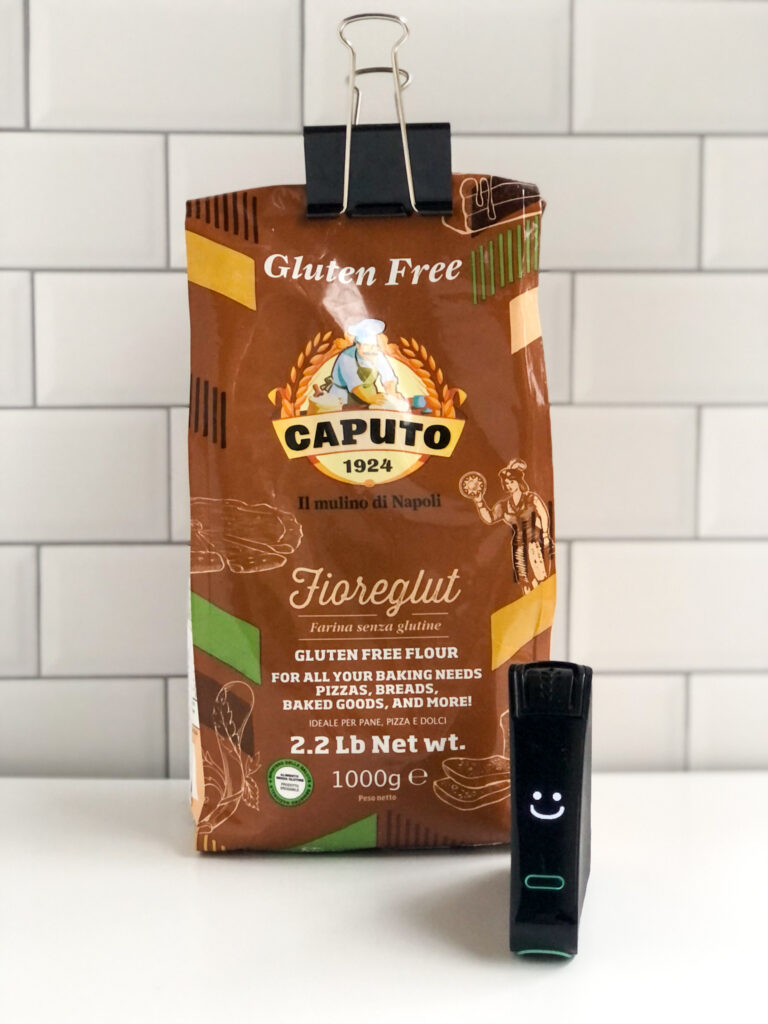
There’s an important difference between products that are labeled wheat free vs. gluten-free. In this article, I’ll explain how a product could be labeled gluten-free but still contain wheat and how a product could be labeled wheat free but still contain gluten. This post may contain affiliate links. Please read my disclosures.
Did you know a product could be labeled gluten-free but still contain wheat? And the reverse is true, too; a product could be labeled wheat-free but still contain gluten.
In this article, I’ll help you understand how this is possible, as well as share some strategies to help keep you safe.
Why “Wheat Free” Doesn’t Equal “Gluten-Free”
If a product is labeled wheat-free, it means it doesn’t contain any wheat. Wheat is considered one of the top 8 allergens in the world, and approximately 2.4 million people in the US have a wheat allergy, according to Food Allergy Research & Education (FARE). However, just because a product is wheat-free doesn’t automatically mean it’s gluten-free.
In fact, a product could contain gluten even if it’s wheat free because gluten is found in more than just wheat; it’s also found in barley, rye, and sometimes oats. A product may not contain wheat, but it absolutely could contain barley, rye, or oats.
For example, Rice Krispies is wheat-free, yet it contains barley malt, which is not gluten-free. Even barley is technically wheat-free!
Why “Gluten-Free” Doesn’t Equal “Wheat-Free”
A product labeled “gluten-free” means the product abides by the FDA’s gluten-free labeling laws, meaning it must contain less than 20 parts per million (ppm) of gluten, a maximum threshold set by the FDA. It also does not contain any gluten ingredients, which are found in wheat, rye, barley, and sometimes oats.
However, some products still contain wheat and are labeled gluten-free, including:
- Caputo Gluten-Free Flour
- DiGiorno’s Gluten-Free Frozen Pizza
- Schar’s Gluten-Free Croissants (you can find them for sale at the Gluten-Free Mall)
These products contain gluten-free wheat starch where the gluten protein was removed. Because the companies process the wheat to remove the gluten protein, the FDA says these products can be safely labeled “gluten-free” if they’ve been tested to contain less than 20 ppm of gluten.

I independently tested several of these products for gluten with my Nima Sensor, and both came back gluten-free (a smiley face means no gluten found).


Another product that is technically gluten-free but may contain wheat remnants is distilled vinegar, as the vinegar may have been distilled from a gluten grain. Vinegar is found in many condiments, like ketchup.
Distillation removes the gluten protein, making it safe for people with celiac disease to consume; however, while the product is technically gluten-free, it may still contain wheat. Individuals with a wheat allergy should look for kinds of vinegar distilled from non-wheat grains like corn or use apple cider vinegar, which is derived from apples.
Similarly, distilled alcohol, such as whisky made from wheat or rye, is technically gluten-free even though it’s derived from wheat, similar to how distilled vinegar is technically gluten-free.
People with a wheat allergy should also be careful when eating products harvested in similar fields as wheat, including oats and lentils, due to the potential for wheat cross-contamination.
Feel Sick After Eating Gluten-Free Wheat?
Many people report feeling ill after consuming gluten-free wheat starch, and here’s why this might be happening.
First, people with wheat allergies should not consume wheat products, including gluten-free wheat starch and products where the gluten is removed but was originally derived from wheat (vinegar, alcohol, etc.).
Second, people with non-celiac gluten sensitivity (NCGS), which should be called non-celiac wheat sensitivity (NCWS), may be reacting to other components of the wheat plant, not just the gluten protein. More than 18 million people, or six percent of the U.S. population, suffer from NCGS.
This means most people with “gluten sensitivity” actually have “wheat sensitivity.” Their issue is with multiple components of wheat, not just the gluten protein. This means, for all intents and purposes, people with gluten sensitivity (aka wheat sensitivity) should avoid all products made with wheat.
To determine if you have gluten intolerance, read Do You Have Gluten Intolerance? How to Test for Non-Celiac Gluten Sensitivity.
Many people with celiac disease, including myself, are not bothered by gluten-free wheat starch. Why? One reason might be that people with celiac disease react solely to the gluten protein, not other components of wheat. That said, I generally avoid wheat as much as possible, just to be safe, with few exceptions.
The Bottom Line
A product can contain gluten and be considered wheat-free; conversely, a product can contain wheat and be considered gluten-free. It’s confusing, but an important distinction.
If you react to products that contain wheat but don’t have celiac disease, you might have non-celiac wheat sensitivity and may be reacting to other components of wheat. To know for sure, I recommend reading, Do You Have Gluten Intolerance? How to Test for Non-Celiac Gluten Sensitivity.
The bottom line: Read ingredient lists and labels carefully, and eat in a way that feels good.
Leave a Comment